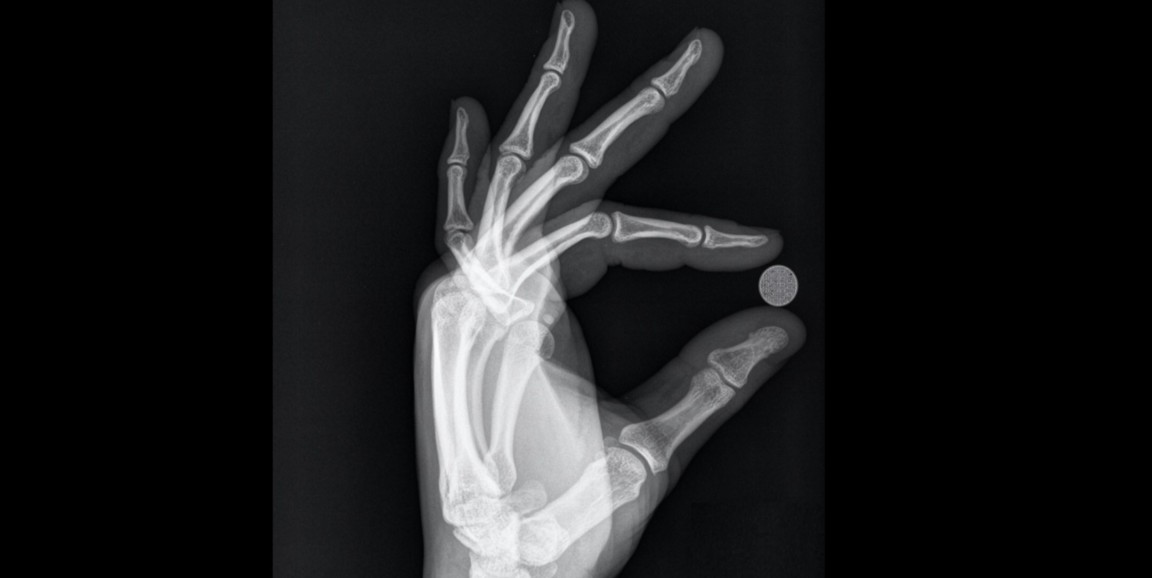Heike Daldrup-Link, MD, a Stanford Medicine professor of radiology and pediatrics, is renowned for her innovative research in children's cancer imaging. But when the pandemic and subsequent stay-at-home order hit in 2020, she decided to write a novel.
"I had some extra time on my hands and I thought, now, it may be time to start a new hobby," Daldrup-Link said.
Her first book, a thriller called The Stolen Brain Chip: A Tale for Healthcare Professionals, was published in January by Monasteria Press in San Francisco. It is written under her pen name and middle name, Elisabeth Link.
The story is a fast-paced mystery with an educational twist. It revolves around a fictional university in the hills above Redwood City, California, known as Silicon Valley University of Evolutionary Computation. Newly developed brain chips, which can enhance a person's brain capacity, are stolen. Thus begins a string of events that leaves 15 people injured, five hospitalized and four dead.
To find the killer before he strikes again, it will take more than traditional on-the-scene evidence. The clues about the murderer revolve around various types of bone fractures that characters in the novel suffer -- pathological details that new medical students and radiologists often have a hard time remembering.
That's where Daldrup-Link said she drew her inspiration. "We were sitting in the radiology reading room at Lucile Packard Children's Hospital and one of our residents admitted to finding it hard to remember the names of fractures. One of our junior attending physicians said, 'Don't worry, even I have trouble remembering them.' And I thought, 'OK, this is a good topic to explore.'"
I spoke with Daldrup-Link about the motivations behind writing her book and what's to come for her new hobby.
How did you get the idea for this book? Who is your audience?
I joined a writers' group at Stanford and we talked about how, as a writer, you should identify what "voice" you bring to your writing. What are you uniquely able to contribute? I thought, often when we try to remember people's names, we think of a little story around it. Why not tell a story so we can remember these different fractures?
It's really important information for radiologists to remember, but it's not always easy. In our daily work, we use the names to communicate. We say it's a Bennett fracture or a Smith fracture, and we assume another person knows what we are talking about.
The book includes the names of 20 fractures, as well as other diagnoses that can be made from medical imaging, such as lung infiltrate after vaping, sickle cell disease, degenerative arthritis and rheumatoid arthritis.
While the book is targeted toward healthcare professionals, it might appeal to a broader audience. It's not too complicated and who doesn't love a murder mystery?
How does this book help people remember the names of the fractures?
Some of the characters suffer specific fractures, which are diagnosed in detail in the book and provide clues to the mysteries of who the killer is and who stole the brain chips. The book also includes X-ray images showing what those different fractures look like.
I also gave some of the characters the name of a fracture, like Dr. Bennett. If a radiologist or a radiology trainee reads it, they might remember, "Oh, Bennett is a type of fracture." Some of my readers say that increases the suspense, too: "Dr. Bennett must develop a Bennett fracture at some point. When does it happen? Why does it happen?"
What's next?
I've started writing a book that will focus on CT and MRI scans used in studying infectious diseases. I've only written the first few chapters, since this is my hobby, and will take at least a year to complete it. So that's on my to-do list.
While my books are educational, I also try to show that there's not just one hero. I've heard a Stanford professor explain the concept that, in principle, we are all heroes-in-waiting. The time will come when you can step up and you can be the hero. I love that concept and I try to build that into my writing.
Photo courtesy of Heike Daldrip-Link






